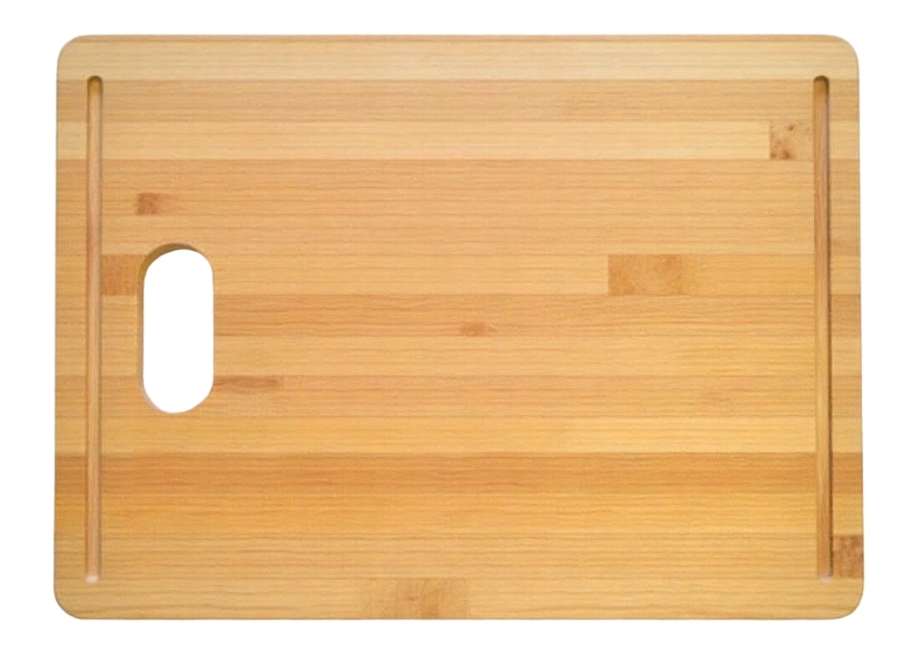A great cutting board is one of the most essential tools in any kitchen. It protects your countertops, preserves the sharpness of your knives, and provides a safe surface for food preparation. While materials like plastic and glass are available, wood remains the top choice for both Home cooks and professional chefs. But not all woods are created equal.
This guide will walk you through everything you need to know about choosing the best wood for your cutting board. We’ll explore the differences between hardwoods and softwoods, highlight the top wood choices, and explain what factors to consider before you buy. You’ll learn why certain woods are safer, more durable, and better for your knives, helping you make an investment that will last for years.
Hardwood vs. Softwood: What’s the Difference?
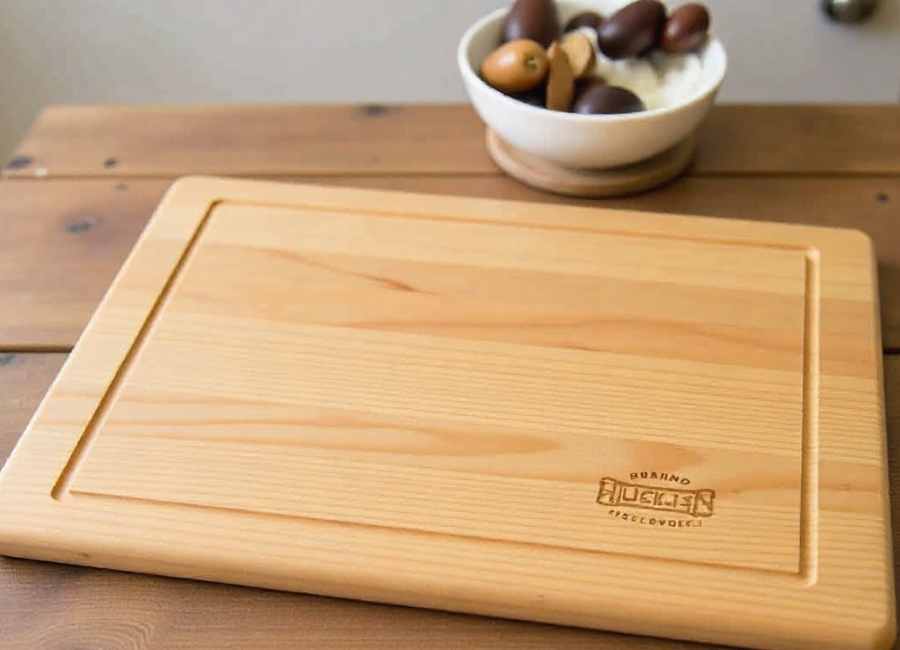
When you’re choosing a cutting board, the first thing to understand is the distinction between hardwood and softwood. The difference lies in their grain structure, which has a major impact on performance and food safety.
Hardwoods, like maple and walnut, come from deciduous trees (those that lose their leaves annually). They have a dense, closed-grain structure. This tight grain makes them resistant to moisture, which means they are less likely to absorb liquids and harbor bacteria. It’s this characteristic that makes them the ideal material for food preparation surfaces.
Softwoods, on the other hand, come from coniferous trees (like pine). They have an open, porous structure. This porosity allows them to absorb moisture easily, creating a potential breeding ground for bacteria. For this reason, softwoods are not suitable for cutting boards.
A helpful tool for measuring wood density is the Janka hardness scale, which measures the force required to embed a steel ball into the wood. The ideal range for cutting boards is between 900 and 1,500 pounds-force (lbf). This range offers a perfect balance: the wood is durable enough to resist deep scratches but soft enough that it won’t dull your knife blades with every chop.
Top Hardwood Choices for Cutting Boards
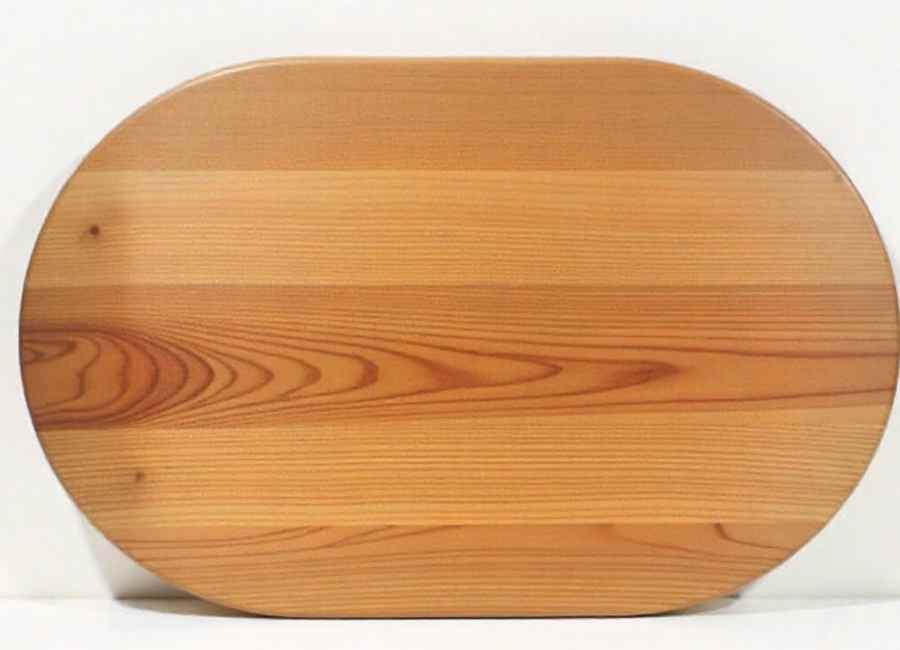
Certain hardwoods have proven to be superior for cutting boards because of their unique combination of hardness, porosity, and food-safe properties. Maple, walnut, and cherry are three of the most popular and reliable options available.
Maple: The Industry Gold Standard
Maple is often considered the classic, go-to choice for cutting boards, and for good reason. With a Janka hardness rating of 1,450 lbf, it strikes an excellent balance between durability and knife-friendliness. Its tight, closed-grain structure makes it highly resistant to scratches, moisture, and bacterial growth.
Another benefit of maple is its light, creamy color, which makes it easy to spot when the board needs cleaning. Because its pores are so small, it doesn’t absorb water easily, which helps prevent the wood from warping or cracking over time. Sugar maple is particularly prized for its superior hardness, but other maple varieties also work well for Home use. These qualities, combined with its natural antimicrobial properties, explain why maple is the overwhelming choice in commercial kitchens.
Walnut: The Elegant and Durable Option
If you’re looking for a cutting board that is as beautiful as it is functional, walnut is an exceptional choice. Its rich, dark chocolate-brown color and distinctive grain patterns create a striking board that can easily double as an elegant serving platter for cheese or charcuterie.
With a Janka rating of 1,010 lbf, walnut is slightly softer than maple, which makes it incredibly gentle on your knife edges, helping to keep them sharper for longer. Despite being softer, it’s still dense enough to resist most knife marks. Walnut also contains natural antimicrobial compounds, making it a hygienic choice for your kitchen. With proper care, a walnut cutting board is a long-lasting and stylish investment.
Cherry: A Beautiful and Gentle Alternative
Cherry wood offers another fantastic option, known for its beautiful reddish-brown tones that deepen and grow richer with age and exposure to light. It has a Janka hardness of 995 lbf, placing it on the softer end of the ideal spectrum. This makes it very kind to your knife blades while still being durable enough for daily chopping and slicing.
Cherry has a fine, straight grain that resists splitting. While it is slightly more porous than maple or walnut, it still contains natural compounds that help inhibit bacterial growth. To keep it in top condition, it just requires a bit more frequent oiling to maintain its moisture barrier and prevent it from drying out.
What to Look For When Choosing a Board
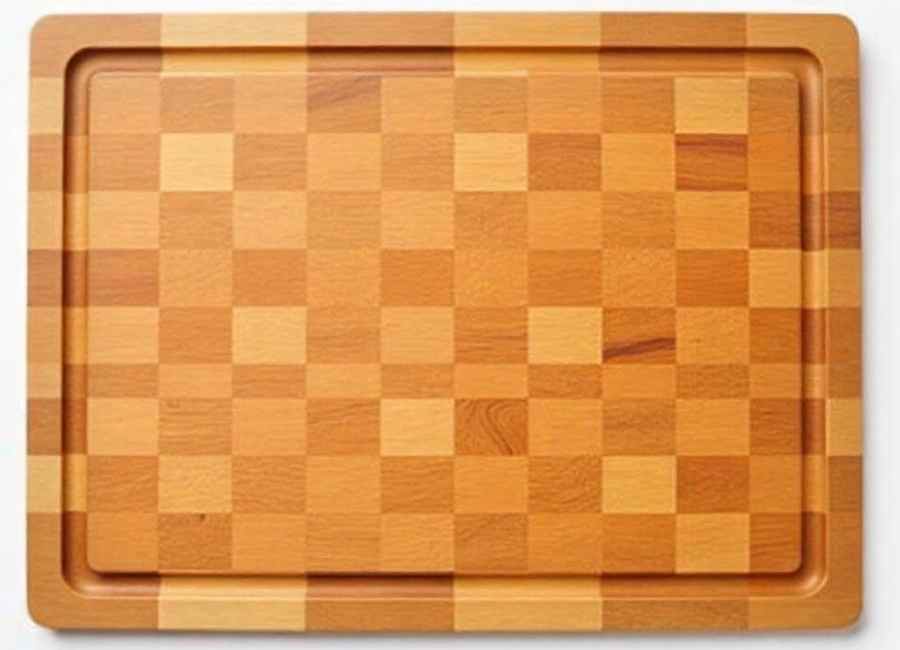
Beyond the type of wood, a few other factors will influence which cutting board is right for you. Consider durability, sanitation, and even the grain pattern to find your perfect match.
Durability and Knife-Friendliness
The best cutting board protects your knives while standing up to daily use. As mentioned, a Janka rating between 1,000 and 2,000 lbf is the sweet spot. Woods in this range, like maple, walnut, and cherry, prevent your knife from dulling quickly but won’t be easily scarred by every cut.
You’ll also encounter different construction styles, mainly end-grain and edge-grain.
- End-grain boards are made by fusing blocks of wood with the wood fibers facing up. This creates a surface where the knife blade slides between the fibers, much like cutting into the bristles of a brush. This “self-healing” quality is excellent for preserving your knife’s edge and makes the board very durable. They often feature a distinctive checkerboard pattern.
- Edge-grain boards are constructed with parallel strips of wood. The knife cuts across the wood fibers, which means knife marks can show more over time. However, they are still very durable and are often more affordable than end-grain boards.
Moisture Resistance and Sanitation
Food safety is a top priority in the kitchen. Hardwoods have a natural advantage due to their closed-grain structure, which prevents bacteria from penetrating deep into the wood. In fact, research has shown that wood’s porous structure can trap bacteria below the surface, where they eventually die off. This makes wood a more sanitary option than plastic in the long run, as plastic boards develop knife grooves that are difficult to clean and can harbor pathogens.
Proper cleaning is still essential. Always wash your wooden board with hot, soapy water after each use.
Aesthetic Appeal and Grain Patterns
Your cutting board can also be a statement piece in your kitchen. The wood’s grain pattern gives each board a unique personality.
- End-grain boards offer dramatic, geometric checkerboard designs.
- Edge-grain boards highlight the long, flowing lines of the wood’s natural growth.
- Face-grain boards, made from a single wide piece of wood, show off the wood’s broadest patterns but are less stable and more prone to showing marks.
The color of the wood also plays a role. Walnut provides deep, rich tones, maple offers a clean and bright look, and cherry develops a warm, reddish patina over time.
Caring for Your Wooden Cutting Board
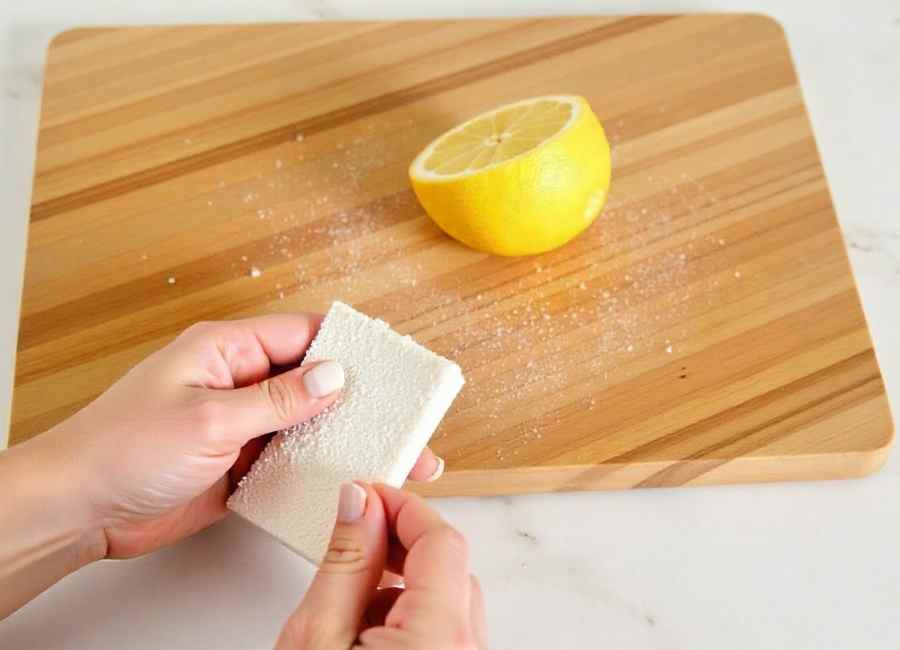
A high-quality wooden cutting board can last a lifetime, but only if you take care of it properly. Follow these simple maintenance steps to protect your investment.
Proper Cleaning and Sanitizing
- Wash immediately: After you’re done using it, scrape off any food scraps and wash the board with hot, soapy water. Use a dedicated sponge or brush.
- Never soak or machine wash: Never put a wooden cutting board in the dishwasher or let it soak in the sink. Excessive water will cause it to warp and crack.
- Sanitize when needed: After cutting raw meat, you can sanitize the board. A simple solution of one part white vinegar to four parts water is effective. Alternatively, you can sprinkle the board with coarse salt and scrub it with half a lemon.
Oiling and Maintenance Routine
Oiling is the most critical step in maintaining your board. It keeps the wood hydrated, preventing it from drying out and cracking.
- Use the right oil: Apply a food-grade mineral oil or a specialized cutting board cream. Avoid using cooking oils like olive or vegetable oil, as they can go rancid.
- Oil regularly: Apply a generous amount of oil to a clean, dry board every 4-6 weeks. Let it soak in overnight, then wipe off any excess. New boards may need to be oiled more frequently at first.
- Add a protective layer: After oiling, you can apply a board cream or wax. This creates a protective barrier on the surface that repels moisture and stains.
Frequently Asked Questions
How often should I oil my cutting board?
It is recommended to oil your cutting board every 4-6 weeks. However, new boards may require more frequent oiling initially to ensure they are properly conditioned.
Can I use olive oil or vegetable oil to treat my cutting board?
No, it’s best to avoid cooking oils like olive or vegetable oil, as they can go rancid over time. Instead, use food-grade mineral oil or a specialized cutting board cream.
What should I do if my cutting board starts to smell?
If your board develops an odor, clean it thoroughly with a mixture of coarse salt and lemon juice or baking soda. Scrub the surface, rinse with warm water, and allow it to dry completely before reapplying oil.
Is it safe to put my wooden cutting board in the dishwasher?
No, wooden cutting boards should never be placed in the dishwasher. The high heat and moisture can cause the wood to crack, warp, or lose its strength.
What is the difference between board oil and board cream?
Board oil, typically made from mineral oil, penetrates and hydrates the wood. Board cream or wax, on the other hand, adds a protective barrier on the surface to repel moisture and stains. Both are essential for proper board maintenance.
Find the Perfect Partner for Your Prep Work
Choosing the right wooden cutting board is an investment in your kitchen and your cooking. By selecting a durable hardwood like maple, walnut, or cherry, you get a food-safe surface that protects your knives and looks beautiful on your countertop. With a little bit of care, your cutting board will be a reliable kitchen companion for countless meals to come.
Ready to upgrade your kitchen arsenal? A quality cutting board is the perfect partner for high-performance cookware.







